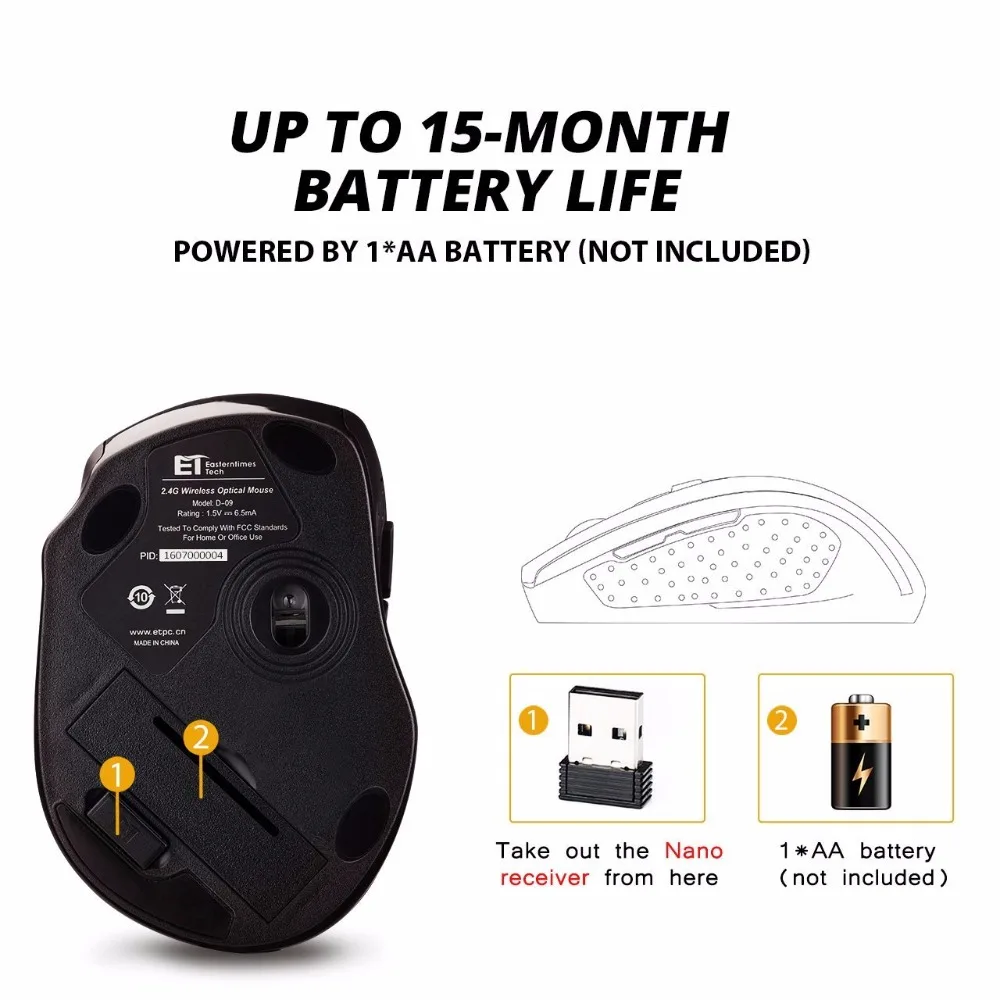- Optical Mouse Tested To Comply With Fcc Standards Drivers
- 2.4 Ghz Wireless Optical Mouse Tested To Comply With Fcc Standards Driver
- Optical Mouse Tested To Comply With Fcc Standards Drivers License

The FCC regulates radio frequency (RF) devices contained in electronic-electrical products that are capable of emitting radio frequency energy by radiation, conduction, or other means. These products have the potential to cause interference to radio services operating in the radio frequency range of 9 kHz to 3000 GHz.
Optical Mouse Tested To Comply With Fcc Standards Driver Mp3 Dangdut Koplo Palapa 2014 English For Academic Purposes R Jordan In Pdf Crack One Karaoke 2010 Naruto Shipuden The Hokage Ppsspp Pokemon Fire Red Rom.ips Patch Download Nas Illmatic Album Free Zip Shree Hanuman Chalisa mp3 songs free, download. Download the latest drivers, firmware, and software for your HP 2.4GHz Wireless Optical Mouse.This is HP’s official website that will help automatically detect and download the correct drivers free of cost for your HP Computing and Printing products for Windows and Mac operating system. Busco driver para mouse AMS 3D Optical Mouse FCC ID. Drivers fcc standard 3d optical mouse,US $ 0.6 - 10 / Piece, Desktop, Laptop, Wired, USB.Source from Shenzhen AMD Technology Co., Ltd. Labtec Wireless Optical Mouse Pro Driver 2.1. You got along without Labtec Wireless Optical Mouse Pro Driver 2.1 drivers download!
Windows 7 has no 'native' support for USB 3.0 motherboard controllers, so that is usually a no-no. Maybe, integrating the right (which?) USB 3.0 drivers it is possible to install it, but then it is unlikely to work (as the project idea is) 'universally', it will likely work only on motherboards with a chipset for which the drivers are present.
Almost all electronic-electrical products (devices) are capable of emitting radio frequency energy. Most, but not all, of these products must be tested to demonstrate compliance to the FCC rules for each type of electrical function that is contained in the product. As a general rule, products that, by design, contain circuitry that operates in the radio frequency spectrum need to demonstrate compliance using the applicable FCC equipment authorization procedure (i.e., Supplier's Declaration of Conformity (SDoC) or Certification) as specified in the FCC rules depending on the type of device. A product may contain one device or multiple devices with the possibility that one or both of the equipment authorization procedures apply. An RF device must be approved using the appropriate equipment authorization procedure before it can be marketed, imported, or used in the United States.
The following discussions and descriptions are provided to help identify whether a product is regulated by the FCC and whether it requires approval. The more difficult issue, but not covered in this document, is how to categorize an individual RF device (or multiple components or devices within an end product) to determine the specific FCC rule part(s) that apply, and the specific equipment authorization procedure or procedures that need to be used for FCC compliance purposes. This determination requires technical understanding of the product, as well as knowledge of the FCC rules.
Some basic guidance on how to obtain an equipment authorization is provided at the Equipment Authorization Page.
INCIDENTAL RADIATORS (Part 15, Subpart A)

An incidental radiator (defined in Section 15.3 (n)) is an electrical device that is not designed to intentionally use, intentionally generate or intentionally emit radio frequency energy over 9 kHz. However, an incidental radiator may produce byproducts of radio emissions above 9 kHz and cause radio interference. A product that is classified as an incidental radiator device is not required to obtain an equipment authorization. Nonetheless, incidental radiator are regulated under the general operating conditions of Section 15.5 and if there is harmful interference the user must stop operation and remedy the interference. Manufacturers and importers should use good engineering judgment before they market and sell these products, to minimize possible interference (Section 15.13).

Examples of products that are classified as incidental radiators include: AC and DC motors, mechanical light switches, basic electrical power tools (that do not contain digital logic).

UNINTENTIONAL RADIATORS (Part 15, Subparts B and G)
An unintentional radiator (defined in Section 15.3 (z)) is a device that by design uses digital logic, or electrical signals operating at radio frequencies for use within the product, or sends radio frequency signals by conduction to associated equipment via connecting wiring, but is not intended to emit RF energy wirelessly by radiation or induction.
Today the majority of electronic-electrical products use digital logic, operating between 9 kHz to 3000 GHz and are regulated under 47 CFR Part 15 Subpart B.
Examples include: coffee pots, wrist watches, cash registers, personal computers, printers, telephones, garage door receivers, wireless temperature probe receiver, RF universal remote control and thousands of other types of common electronic-electrical equipment that rely on digital technology. This also includes many traditional products that were once classified as incidental radiators – like motors and basic electrical power tools that now use digital logic.
Products that only contain digital logic may also be specifically exempted from an equipment authorization under Section 15.103.
INTENTIONAL RADIATORS (Part 15, Subparts C through F and H)
An intentional radiator (defined in Section 15.3 (o)) is a device that intentionally generates and emits radio frequency energy by radiation or induction that may be operated without an individual license.
Examples include: wireless garage door openers, wireless microphones, RF universal remote control devices, cordless telephones, wireless alarm systems, Wi-Fi transmitters, and Bluetooth radio devices.
INDUSTRIAL, SCIENTIFIC, AND MEDICAL EQUIPMENT (Part 18)

When electronic-electrical products are used for providing RF energy for other than telecommunications applications, such as for the production of physical, biological, or chemical effects, such as heating, ionization of gases, mechanical vibrations, and acceleration of charged particles, these devices fall under the FCC rules 47 CFR Part 18.
Examples include: fluorescent lighting, halogen ballasts, arc welders, microwave ovens, and medical diathermy machines.
Optical Mouse Tested To Comply With Fcc Standards Drivers
Note: A general consumer medical device does not typically come under this classification; rather Part 18 applies for medical equipment only when it is designed to generate and use RF energy locally for medical or therapeutic purposes.
EQUIPMENT OPERATING IN LICENSED RADIO SERVICES
2.4 Ghz Wireless Optical Mouse Tested To Comply With Fcc Standards Driver
Products that use licensed radio spectrum, from fixed microwave links to cellular telephones to mobile broadband services, are considered RF devices and are subject to equipment authorization.
Optical Mouse Tested To Comply With Fcc Standards Drivers License
Examples of licensed radio equipment subject to Certification include: low power TV transmitters, cell phones/smart phones, base stations, licensed point-to-point microwave radios, private land mobile transmitters, aviation and marine radios.
For more information on licensed radio services:
Radio spectrum allocation, regulatory responsibility for the radio spectrum is divided between the Federal Communications Commission (FCC) (non-Government uses) and the National Telecommunications and Information Administration (NTIA) (Government agencies usage). At present only frequency bands between 9 kHz and 275 GHz have been allocated (i.e., designated for use by one or more terrestrial or space radiocommunication services, or for the radio astronomy service under specified conditions). OET maintains the FCC's Table of Frequency Allocations, which is a compilation of allocations. The FCC’s Table of Frequency Allocations is codified at Section 2.106 of the Commission's Rules. For a more detailed description go to the Table of Frequency Allocations Chart.